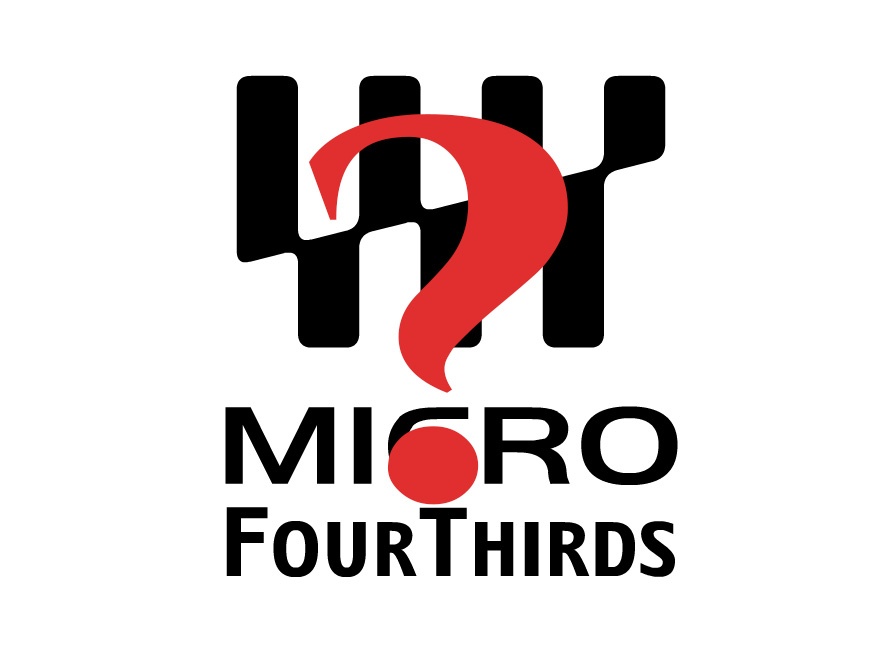As we all know, Leica, Panasonic and Sigma made a mind-blowing announcement at the 2018 Photokina. Based on the Leica SL full-frame mirrorless mount and in close cooperation with Leica, Panasonic and Sigma are to manufacture high quality cameras and lenses. This is indeed some seriously great news, especially considering unmatched set of specifications of the recently announced Panasonic S1 and S1R cameras. However, not everybody seems to be happy about it. There is a rumor spreading on the Internet like a wildfire about Panasonic’s evil plan to abandon its micro-four-thirds GH line, which has gained tremendous popularity among videographers and even indy cinematographers. This, in turn, will trigger a rapid demise of the whole MFT (micro-four-thirds) standard, and millions of photographers who invested their hard earned dollars into Olympus and Panasonic systems will end up with piles of useless and unsupported gear gathering dust in their equipment closets. Numerous home-grown “experts” predict this disaster of epic proportions to be as close as three months away. Let’s explore how imminent the threat is, and is it even there.
To understand what is going on and to be able to make a valid assessment of the situation, let’s talk real marketing. Panasonic is on a very dangerous path right now. It is moving out of a niche where it has been an undisputed leader for more than a decade into a crowded market already occupied by a powerful leader and two fierce runner-ups. In circumstances of this kind Panasonic absolutely needs to maintain its leadership in MFT world, and here is why. It is the GH5 that gives Panasonic solid enough credentials to position itself above the competition (which it is apparently aiming to do).
One might ask why Panasonic is not doing anything to reassure its MFT customers that the cameras will not be discontinued in a few months. The truth is, it does not have to artificially show their devotion to MFT when it is just there. GH5 and G9 are current enough cameras to keep them in the lineup for another two to three years. Getting a new model out now is technologically unnecessary and very expensive.
Now, let’s discuss why, besides marketing considerations, there is a reason to keep MFT going. Like with any standard, there are positives and negatives (no pun intended, of course). For the sake of due diligence let’s see what they are:
- For still photography MFT is inherently disadvantaged in terms of its ability to create the illusion of depth. Everything else (larger depth of field, lower dynamic range and poorer high ISO performance) is not as critical, because it can be avoided with a certain amount of skill. Granted, newer sensors and lenses do it better, but the same technologies implemented in larger formats do it better yet.
- In the motion picture, however, the illusion of depth is not such an issue, as the motion itself is more effective for this task than anything else. Of course, when it comes to real feature films projected on theater screens, the difference is clear. However, computer and TV screens, let alone mobile devices, are not large enough for us to notice that the MFT footage looks less three-dimensional.
- In video we use shutter speeds calculated as 1/(2 * frame rate). So, at 24fps the shutter speed is 1/48, which is long enough for working with ambient light at ISO400 at f/4-5.6. Consequently, higher ISO performance is irrelevant.
- Greater DOF in video is actually an advantage for run-and-gun applications. When you do not have a dedicated focus puller and/or work with a gimbal, an MFT camera is preferable.
- MFT cameras and especially lenses are smaller, lighter and less expensive than their full-frame counterparts.
Evidently, when we move from stills to video/cine applications, all the advantages of MFT all of a sudden become much more valuable, while shortcomings lose their relevance. All the discussion points listed above did not take into consideration certain camera models to concentrate on the advantages of the MFT format itself. In fact, MFT is so good for video that BlackMagic Design, a cine equipment company, embraced it with its excellent MFT 4K cameras used by professional cinematographers around the world. Panasonic was smart enough to realize this fact and capitalize on it with its motion-oriented GH line, while Olympus stubbornly keeps making still cameras.
Now it is time for examples. Panasonic Lumix GH5 delivers on a grand scale. Things like in-camera 10-bit 4:2:2 video, 60p 4K and the native access to excellent Leica DG lenses make it a videographer’s dream. The newest Olympus flagship camera has excellent low-light performance and appears to be a great sports and action camera with a lens lineup ranging from the equivalents of 16mm to 600mm. What’s not to like?
Unfortunately, Olympus profits have some serious room for improvement despite its substantial progress in low-light performance. It only enjoys attention from a relatively small base of devoted fans, which makes BlackMagic Design the only worthy competitor for Panasonic in MFT, and only when it comes to the motion picture market. For the hybrid use, however, Panasonic cameras are more suitable. That is why they will keep selling despite BlackMagic excellent and aggressively priced cameras. The same way as the Medium format did not kill Full Frame and Full Frame did not kill APS-C, it will not kill MFT either. Each format has its own strong points and shortcomings making it suitable for certain jobs and less so for others.
Irakly Shanidze © 2019
